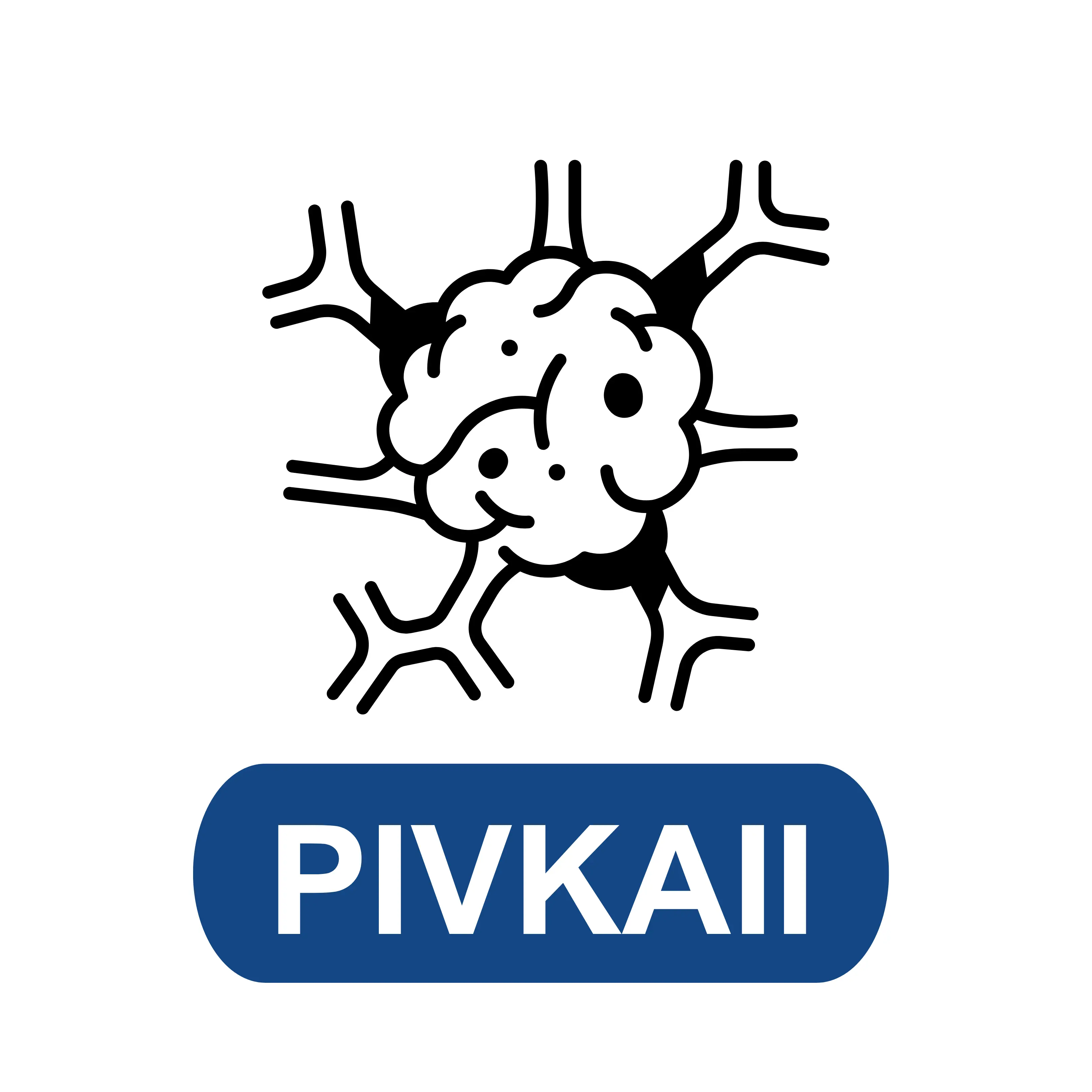What is the Difference between Troponin T and I?
All the latest guidelines now clearly state that troponin is the most specific and sensitive marker for the diagnosis of myocardial necrosis. What is the difference between Troponin T and I? And how does it differ from ultrasensitive troponin? Today SEKBIO will give you a brief explanation.
1. Troponin T and I
Troponin (cTn) is a calcium-regulatory protein that regulates the contractile process of striated muscle actin. cTn is composed of cardiac troponin I protein, T, and C groups.
The cTnC can bind calcium ions and is a calcium-binding subunit found in cardiac muscle and skeletal muscle, and is identical in skeletal and cardiac muscle.
The cTnT is a tropomyosin-binding subunit, and its expression in skeletal and cardiac muscle is regulated by different genes, so cTnT in cardiac muscle and skeletal muscle is different.
The cTnI is an actin inhibitory subunit, and the cardiac subtype is approximately 40% non-homologous relative to the skeletal muscle subtype, so cardiac cTnT and cTnI are unique structural proteins of the heart and are sensitive and specific antigen markers of cardiomyocyte necrosis.
2. The difference between troponin T and I
The concentration of cTn in circulating blood under normal conditions is very low and undetectable using existing common troponin reagents. When cardiac myocytes suffer damage and necrosis, the integrity of the myocardial cell membrane is disrupted and cTn is released into the peripheral blood.
Compared with cTnT, cTnI has a lower initial sensitivity and higher specificity (93% to 99%). The cTnI is elevated 3 to 6 hours after the onset of AMI and returns to normal in 5 to 7 days. In contrast, it takes 10 to 15 days for cTnT to return to normal.
Regarding which is better, cTnI antibody or cTnT, in the diagnosis of a heart attack, the current tendency is to believe that there is no great difference.
However, one issue appears to be relatively more important, that is, either cTnT or cTnI, which has not undergone a monopolistic and patented production process since the introduction of the troponin test. Therefore, there may be differences in quality standards from one manufacturer to another and from one immunoassay to another.
3. The difference between troponin and ultrasensitive troponin
In the early stages of myocardial injury, the level of cTn in the blood rises slowly due to the delayed entry of troponin ic into the blood, and the sensitivity of the traditional cTn test is low in the early stages of the patient's disease.
The hs-cTn is not a new class of cardiac biomarker but is named for its ability to detect 10-fold below the minimum limit of traditional troponin reagents.
The currently accepted definition of hs-cTn is that cTn is detected in more than 50% of the normal reference population (or apparently healthy population) with a coefficient of variation of ≤10% of the 99th percentile value of the upper reference range.
Compared with conventional cTn, the minimum detection limit of hs-cTn can be reduced to 10 to 100 times that of conventional cTn, and even the physiological troponin concentration in normal subjects can be measured, making it not only more sensitive and accurate in the early diagnosis of myocardial infarction but also effective in shortening the time from the onset of symptoms to the detection of elevated cTn in the disease.
In two recent large-scale multicenter clinical trials, clinical decision analysis was performed by applying hs-cTn and conventional cTn tests to people with consecutive significant chest pain symptoms and suspected acute coronary syndrome, and the results showed that hs-cTn was superior to conventional troponin ic in terms of sensitivity, diagnostic accuracy, and early detection.
Related Immunoassays
- Cardiac Markers
-
Tumor Marker
-
PGII
-
G17
- CA50
-
CA125
- CA242
-
CA15-3
- CA19-9
- CA72-4
-
Pepsinogens I (PGI)
-
Human Epididymis 4 (HE4)
- Prostate-Specific Antigen (PSA)
- Squamous Cell Carcinoma (SCC)
- Neuron-Specific Enolase (NSE)
- Cytokeratin 19 Fragment (CYFRA21-1)
- Human Progastrin-releasing Peptide (ProGRP Tumor Marker)
- Protein Induced by Vitamin K Absence or Antagonist-II (PIVKA II Tumor Marker)
- Alpha-fetoprotein(AFP)
-
CEA
-
Human Chitinase 3-like 1
-
PGII
- Inflammatory Marker
- Infectious Disease
- Hormones
- Thyroid Function
- Glucose Metabolism
- Bone Marker
- Others
-
Heterophilic Blocking Reagent
- Animal Diagnostics

















